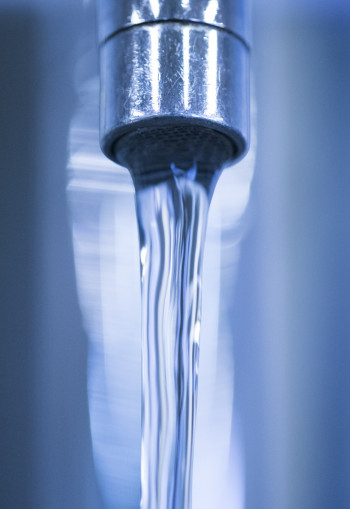Pump stations targeted for end of chlorination
Share this story

Christchurch City Council is targeting work on further pump stations to improve well head security in order to stop chlorinating the water at those pump stations.
The pump stations involved have a mix of above ground and below ground well heads, Water Supply Improvement Programme Manager Helen Beaumont said.

Work is under way to restore the city's water to an unchlorinated state.
The pump stations identified for remedial works are: Grampian, Farrington, Burnside, Grassmere, Hills and Mays. At Kainga, work will be done on the single above ground well head so it no longer needs to be chlorinated.
Staff were also investigating the temporary isolation of below ground well heads at three of these pump stations, and possibly others, to enable chlorination to cease earlier.
“Once we isolate the supply so we’re only using above ground well heads that can be signed off as secure, we can stop treating with chlorine at those pump stations while we upgrade or replace the below ground well heads,'' Ms Beaumont said.
The Council was working to identify the best range of options to end temporary chlorination of drinking water supply in the city, Lyttelton Harbour and Wainui.
Mayor Lianne Dalziel said it was important for people to realise that the situation in Christchurch was different to Havelock North.
“We’ve got great water in our confined aquifers and a very tight monitoring regime. This work will help provide the protection we need at the surface. It’s a focused approach and is just what is needed as we work towards returning to having a safe and secure water supply in our city that is unchlorinated.
“There is a misconception that every well head needs to be brought above ground in order to stop chlorination. That is not the case and I remain determined to have the Council resolve the chlorination issue within the 12 months.”
Staff were doing analysis and modelling to make sure the Council could provide enough water to people while wells are taken off-line, Ms Beaumont said.
“It’s a balancing act. We need to shut down wells while we upgrade them, which means the configuration of the network and capacity in each area becomes important, along with the amount of water people use.
“To help us move towards the goal of removing temporary chlorination, the work programme for the pump stations will be prioritised and a water conservation campaign initiated to keep demand closer to winter levels, which are about half the peak summer demand.”
Other disinfection options to replace chlorination are also being investigated. Design is under way on an option to install UV treatment at the Council’s largest pump station (Main Pumps) located in Beckenham. The feasibility of using ozone treatment at the Spreydon pump station is also being assessed.
“This is on top of our ongoing work to reduce the impact of the chlorination. As well as flushing pipes to remove the natural organic matter that causes the smell and taste, we are managing the dose level and reducing it where we have been given approval to do so. We are also favouring the use of our non-chlorinated pump stations so there is a greater quantity of untreated water in the network.”
